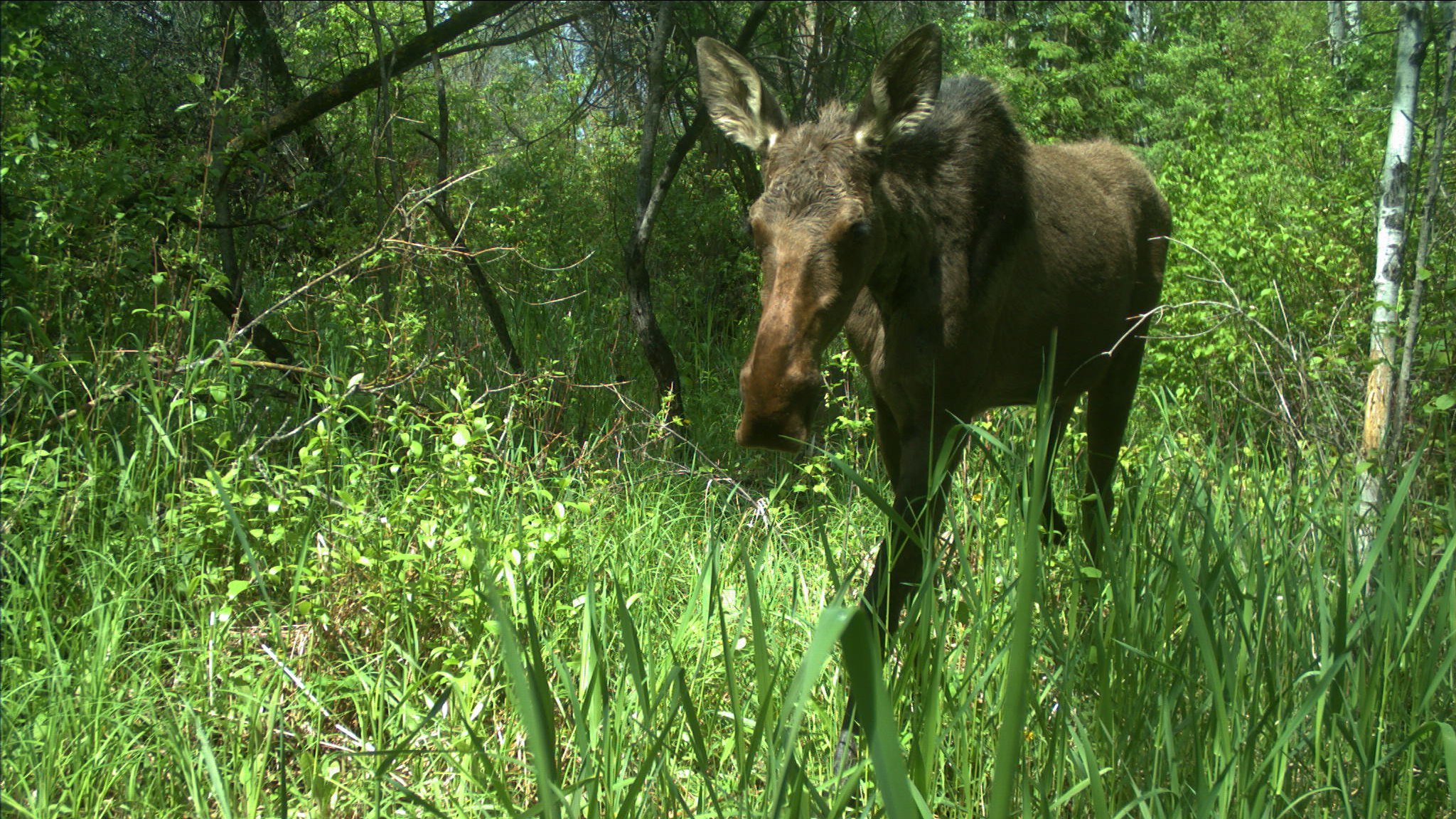A new study involving a University of Alberta biologist shows that the toll of urbanization on wild animals, especially larger ones, is significantly higher in warmer, less vegetated cities.
The researchers observed 37 native mammal species using data collected from 725 sites in 20 North American cities, including Edmonton. In addition to finding that the more concrete a city has, the fewer animals and types of animals are likely to inhabit the area, they concluded that climate change could worsen the impact on wildlife.
Colleen Cassady St. Clair, a professor in the Department of Biological Sciences, co-led the Edmonton contribution to the study.
She, along with the City of Edmonton’s Catherine Shier and then master’s student Cassie Stevenson, joined the Urban Wildlife Information Network and set about collecting data for three years.
“We already planned to use remote cameras to study some things in the city, and this seemed like a really nice opportunity,” St. Clair says.
The cameras were arranged in two transects, one from the northeast part of Edmonton to the southwest, following the river valley, and the other from the southeast to the northwest. Each transect passed through areas with varying degrees of urbanization and natural vegetation.
St. Clair says the data from the cameras show what everybody involved in the study expected: mammal numbers and diversity decline with urbanization.
“But there were these additional effects of climate,” she explains. “The steepness of that decline was greater in cities that were warmer and drier. So places like Tempe, Arizona, where the lead author Jeff Haight is based, had a much steeper decline in mammal diversity as urbanization increased. He interpreted that to mean that there are multiple stressors. Urbanization is a stressor, but so is a warm and dry climate.”
Those stressors have an especially large impact on larger ungulates like moose and deer, the researchers found.
St. Clair says Edmonton, despite having the harshest climate of any of the cities included in the study, comes off comparatively well.
“Everybody knows you don’t see deer in downtown, but you do see them pretty regularly in more vegetated areas. The more green space there is, particularly with natural vegetation, the slighter the effects of urbanization are. So we’re really lucky in Edmonton. We’ve got lots of natural vegetation in our river valley and ravine system, way more than most cities. It’s the largest contiguous natural area in any city in North America.”
But St. Clair makes it clear that as cities around the planet are getting warmer and drier, including Edmonton, we must not let our guard down when it comes to protecting these vital urban green spaces.
“We certainly saw that in Edmonton this summer. So as Edmonton warms with climate change, that natural area that is contained in our river valley and ravine system — and increasingly in naturalization projects around the city — is going to be critical to retaining biodiversity.
“Sometimes science really is about underlining the seemingly obvious and providing the evidence base to go with the opinions.”
The research was partially supported by funding from the U.S. National Science Foundation, the Abra Prentice-Wilkin Foundation and the EJK Foundation. Edmonton’s contribution was funded primarily by the Natural Sciences and Engineering Research Council of Canada, the University of Alberta and the City of Edmonton.
The study, “Urbanization, climate and species traits shape mammal communities from local to continental scales,” was published Sept. 4 in Nature Ecology and Evolution.
